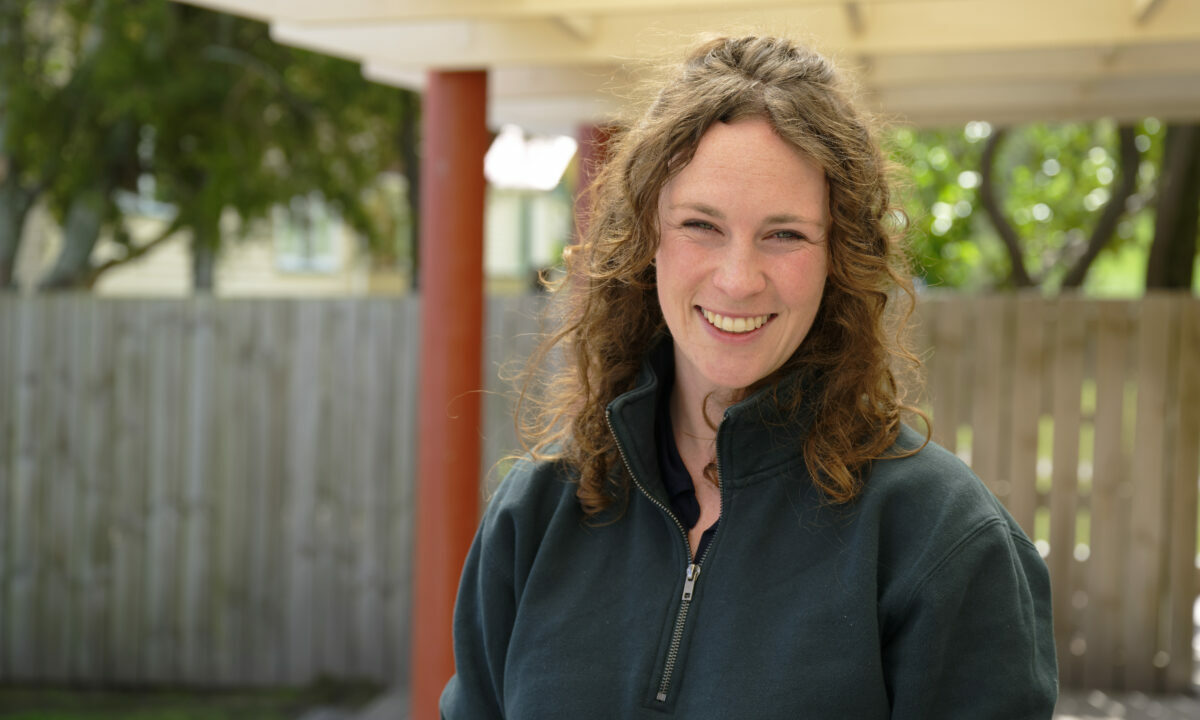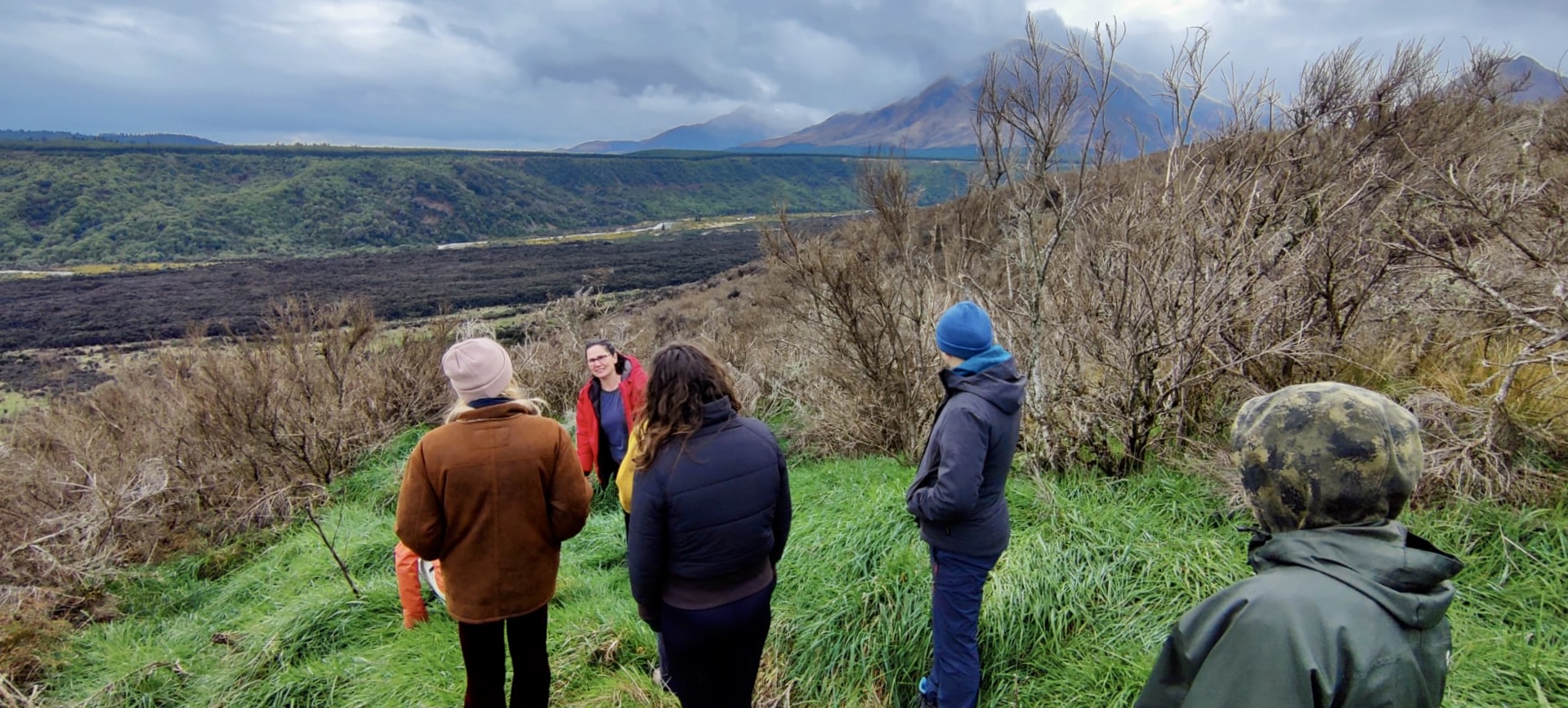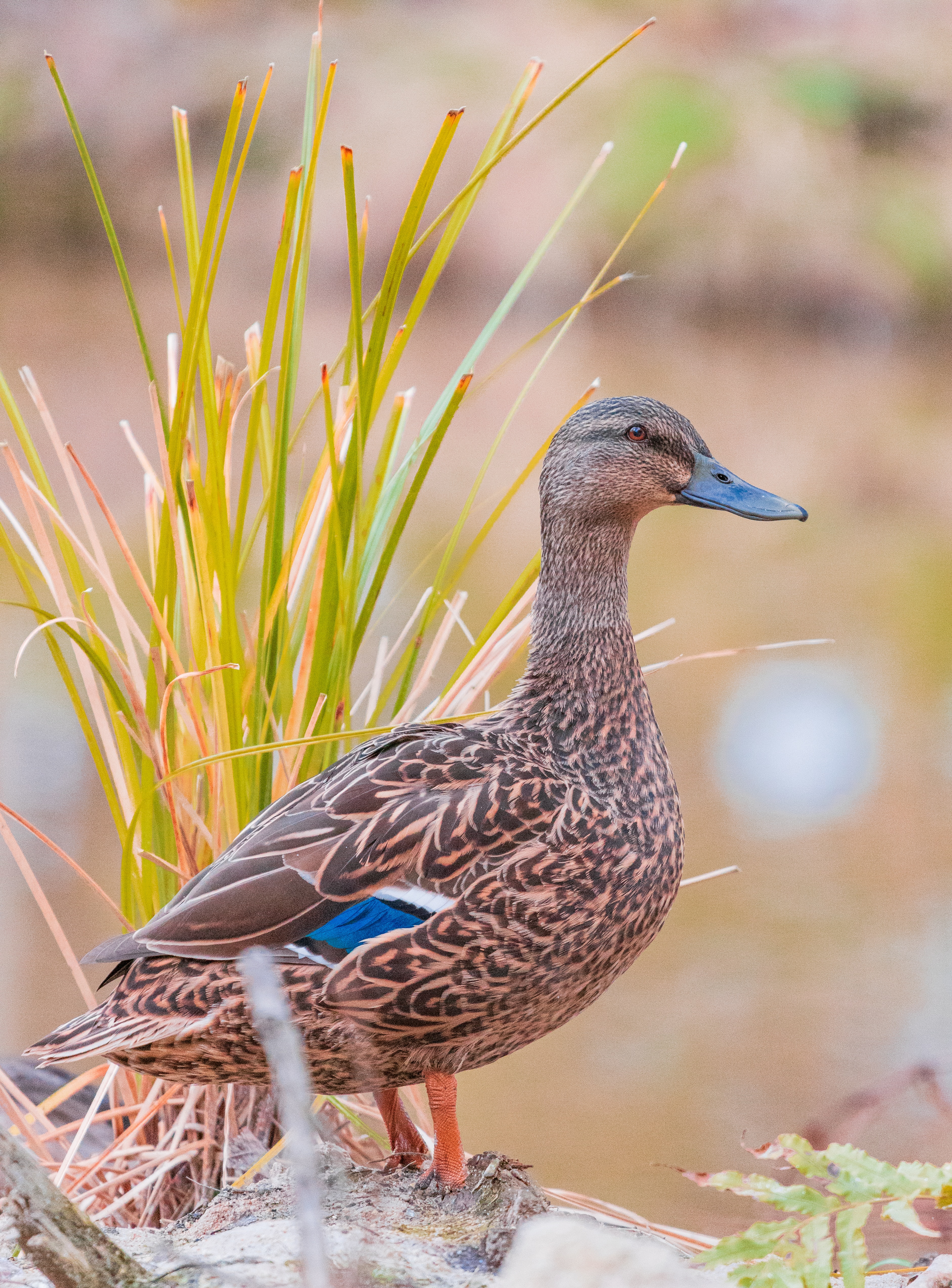Cawthron-led research into the value of hybrid species receives Marsden Fund grant
02 November 2023
Cawthron Institute welcomes news that a collaborative research project led by Dr Aisling Rayne has received a Marsden Fund grant. ‘Live or let die: Are hybrid species worthy of conservation?’ is a three-year research project that will investigate the diverse moral and social perspectives on hybrid species and their value in conservation policy and practice in Aotearoa New Zealand and around the world.
This research will have important implications for the conservation of taonga species of Aotearoa.
Te Pūtea Rangahau a Marsden / The Marsden Fund is managed by Royal Society Te Apārangi on behalf of the New Zealand Government with funding from the Ministry of Business, Innovation and Employment. These grants support excellent research in the humanities, engineering, mātauranga, mathematics, science, and the social sciences for three years, and are one of few sources of funding for blue skies research in Aotearoa New Zealand.
Dr Aisling Rayne says this collaborative project will involve a ‘dream team’ of researchers from across Aotearoa New Zealand including Dr Marc Tadaki from Cawthron Institute who will act as Associate Investigator, Dr Jane Kitson (Kitson Consulting), Dr Axel Moehrenschlager (Panthera) and Associate Professor Krushil Watene (University of Auckland).
Rayne says they will be working closely with marae communities, scientists, conservation practitioners, hunting and fishing communities, and conservation policy-makers.
“We’ll be working with different communities to understand how people know, value and engage with hybrid species, as well as what values currently – and should – inform decision making processes about hybrids in conservation,” Rayne says.
“These questions are becoming more urgent, as species are increasingly interacting due to human-assisted movement, climate change and habitat alteration.”
Rayne says two better-known examples where the conservation worth of hybrids is called into question involves ducks and kiwi.
“A recent New Zealand Geographic article highlighted how the conservation sector has wrestled with how to approach hybrid ducks that are descended from both the rare native pārera (grey duck) and visually-similar introduced mallards.”
“Another example involves kiwi on Pōnui Island, where hybrid kiwi descended from two sub-species are excluded from conservation management.”
“The conservation worth of hybrids is not just a scientific question, but a moral and social one. In Aotearoa, this question brings Te Tiriti o Waitangi and WAI 262 to the fore.”
“Our hope is to start a conversation about these diverse values, philosophies, and practices and lift the voices of communities who are currently absent or marginalised in conservation management of taonga species, including hybrids.”
Rayne says she is ‘incredibly humbled and excited’ to be working with a fantastic group of researchers on a subject that has been an interest of hers since she completed her PhD at the University of Canterbury.
“In the two years since my PhD, I’ve gone through a steep learning curve as a biologist-turned-social scientist. So I feel incredibly humbled and excited to return to hybrids with the training, support and relationships that are needed to navigate this topic with care.”


